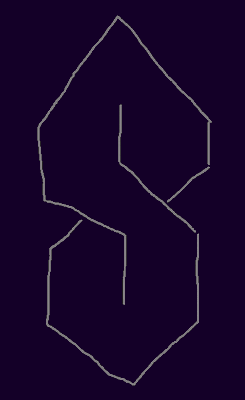


| mathematical shenanigans 
(extended) phonetic alphabet | 
fitch style notation for katex | 
many-valued logic playground | 
miscellaneous | 
unicode
| |
when ℚ and ℝ have the same measure
april 26th, 2023for λ the usual (lebesgue) measure, λ([0,1]∩ℚ) = 0 and λ([0,1]) = 1. yet, any reasonable* drawing of [0,1] and [0,1]∩ℚ should look the same. there is, of course, a way to draw both in a way which distinguishes the two. but for this, we'll have to define a bunch of stuff to make this rigorous.
first off, this naive version of the "measure" of a set S (which isn't sigma-additive so not really a measure in the usual sense) is given by the lebesgue measure of the closure set of S. it is more intuitive since we tend to visualize sets as drawings, and this approach yields what we could call a "drawing measure", defined as ⇓k(S) = λk(cl(S)), where cl(S) is the closure set of S. however, unless you're into topology, this might sound like gobbledygook. cl(S), the closure set of S, is basically the "completed" version of S, the set of all points that are sticked to S, that are of distance 0 to S if you prefer. but funnily enough, this drawing intuition helps characterize cl(S) in yet another way.
so, you might know how in cheap drawing apps, pencils are basically shapes themselves that draw around the cursor, outlining overall desired shapes, like here for example :

following this observation, we'll define the drawing of S with respect to a "pencil" set P as ⇓(S, P) =
* we therefore want to create more reasonable pencils to mess around with. we can notably use the balls B(0,ε) for ε > 0, which have as many intrinsic dimensions as the ambient space's dimension. yet, λ(B(0,ε)) → 0 as ε → 0, and B(0,ε) increases wrt ε ; this helps us characterize cl(S) as ⇓(S, B(0,ε)) =
|
|